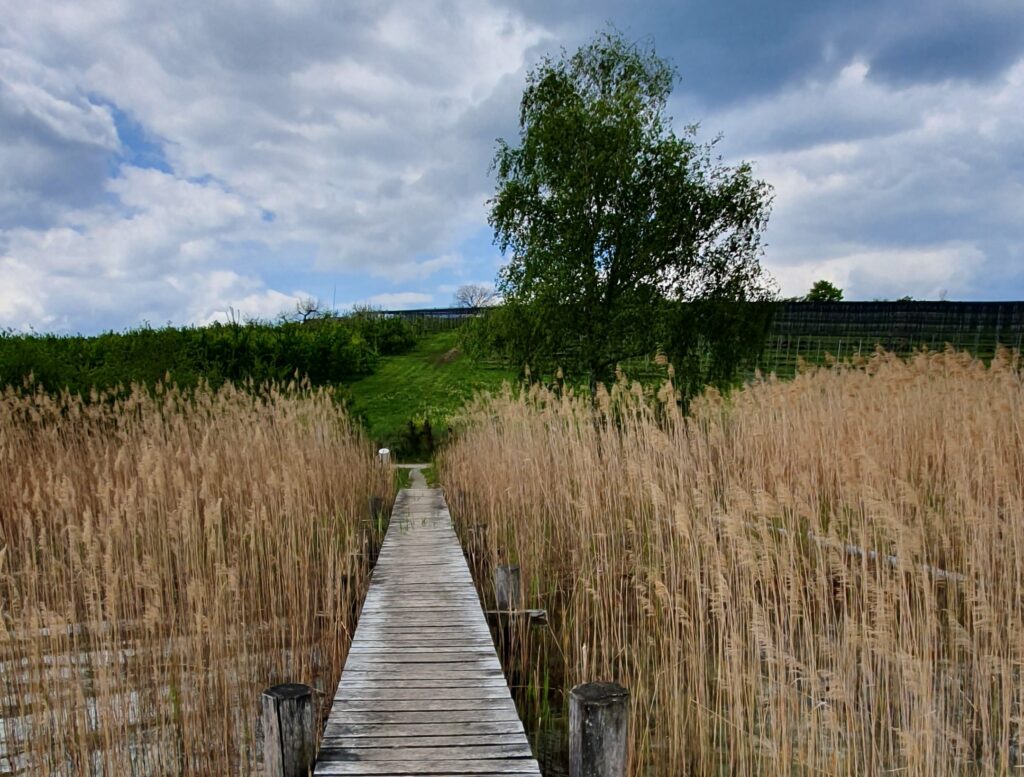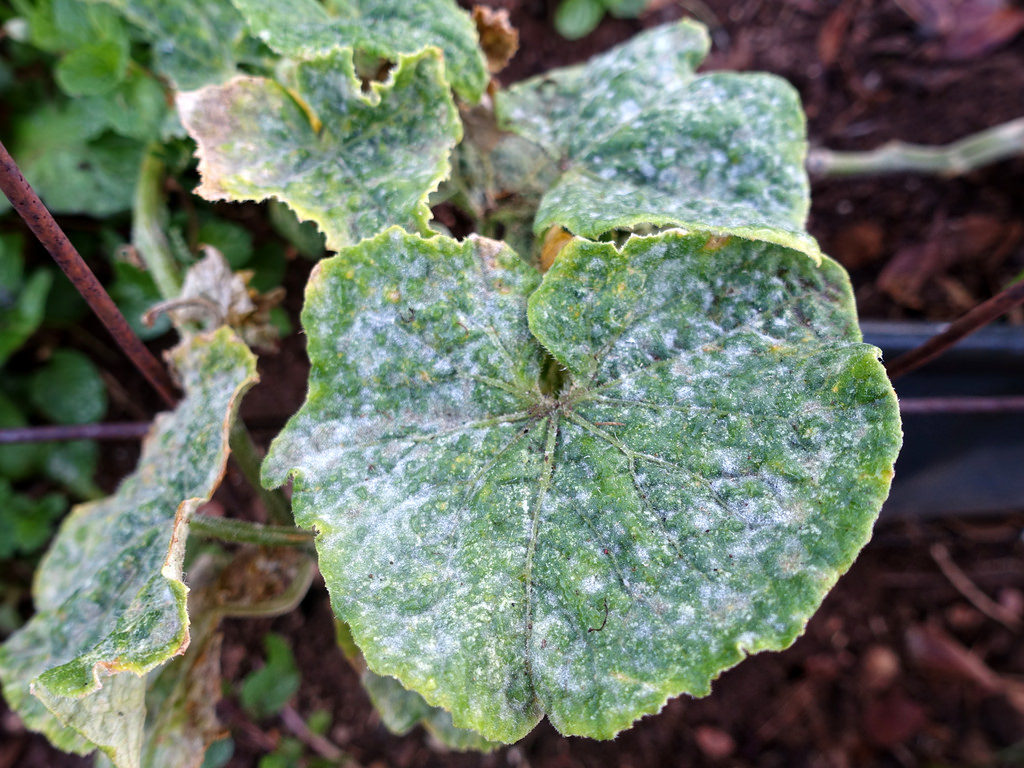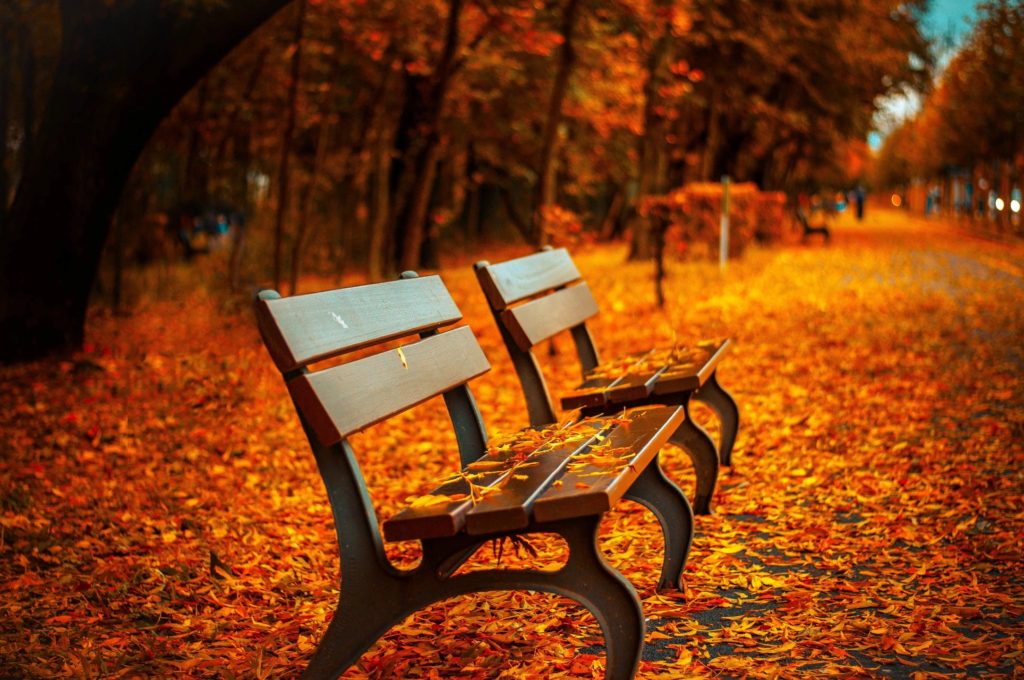
Winter Plant Protection
The death of potted plants and trees can be avoided by following some very basic rules. Freezing temperatures alone are not the ultimate cause of death for your potted plants. Winter winds combined with freezing temperatures are the nail in the coffin.
In essence, plants become freeze-dried and winter burned. In my case as a bonsai enthusiast, my trees do not have a fighting chance of survival without proper winter storage and protection.
One can look at a variety of ways to offer them protection from cold winds, while still giving them access to the moisture they need to survive. In all the following cases plants are afforded and provided lateral protection from winds, the real killer.
Winter Plant Protection Process
Step 1: Subsoil trenching: In the bottom image, I dug a hole into the earth 12 inches to set my container into. Note that I also added some styrofoam on the bottom just to elevate it from mudding in. Anything will do for this. The mulching process described in the following instructions also applies here.

Step 2: Semi-enclosed areas: This can be as simple as an existing garden bench with a removable top or even a tall plastic tote like a recycle bin with drainage holes.
Note: the tops MUST be open to the elements. All my benches have removable tops. If you have an open-sided bench, wrap it with burlap or landscape cloth to cut side winds.
Step 3: The base of your enclosure is then covered with a base of Pine mulch upon which your plants will then sit on. For instance, I create a 3-inch mulch base.

Step Four: Set all your plants on top of the base mulch and follow this process.

A) Deciduous Trees are trees whose leaves fall off in winter. For deciduous trees and plants, bury them well up the stalk and branches. In this case 50% above the pot level.

B) Conifers are needle-bearing trees. With conifers, you must only mulch as high as the lowest branch. Remember that conifers must be allowed to access the elements of winter (snow and rains) from above, and most importantly be shielded from side winds.

Give your plants a Fighting Chance
In conclusion, shielding your plants from horizontal winds and mulching their roots will give you a fighting chance of having a healthy plant in the spring. How you apply this simple process will be determined by your personal circumstances. In Zone 6b, extracting your plants from their winter home is best done at the end of April.







About The Author: Jonathan Aristone
Jonathan Aristone is retired and is pursuing his passion as a Bonsai Artist. It is said among Bonsai enthusiasts that if it were a crime to kill trees, we would all be incarcerated. So in an effort to kill fewer trees, Jonathan is educating himself about plant biology through the Master Gardeners program and the University of Guelph. There is no other personal activity that gives him such peace and tranquility in life.
More posts by Jonathan Aristone